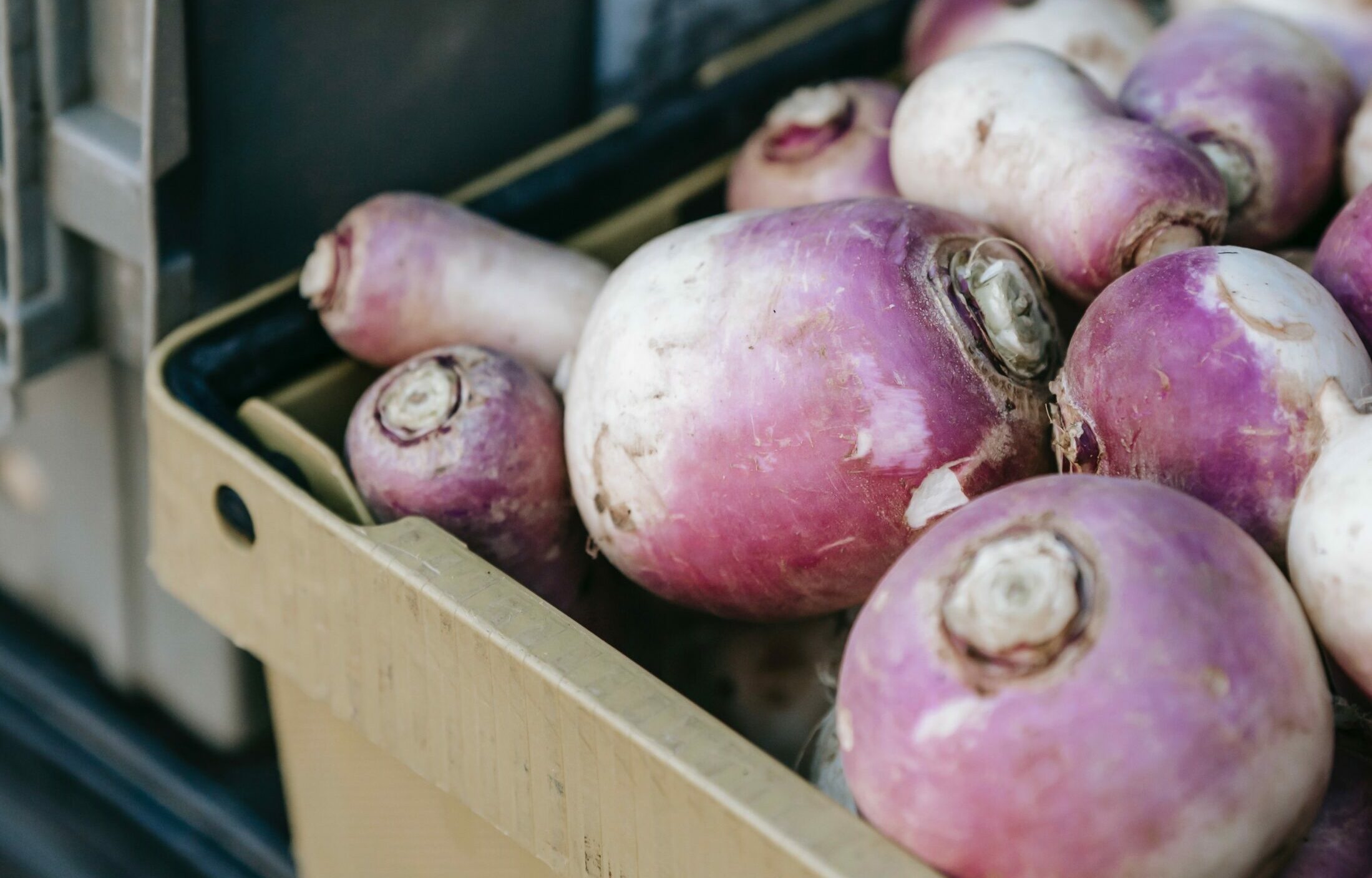Turn up the flavor and nutrition by planting turnips

COLUMBIA, Mo. — You can’t squeeze blood from a turnip, but you can easily grow this tasty and nutritious vegetable.
In a press release, David Trinklein, horticulture state specialist for University of Missouri Extension, said, “The turnip is an underappreciated and underused fall vegetable crop.”
Plant turnip seed in late summer
It’s best to plant this versatile vegetable in the late summer so plants will mature during the cool fall weather, Trinklein said. It takes about two months for turnips to mature, depending on the variety. Fall turnips are usually sweeter and more tender than those planted in the spring.
Choose a site that gets full sun and has well-drained soil, Trinklein said. Use a garden fork or tiller to loosen the soil down 12-15 inches. Broadcast turnip seed over your well-tilled bed and rake lightly to cover the seeds.
Give turnips about an inch of water a week to keep the roots from becoming tough and bitter. Mulch heavily. Turnips don’t like to share space, so keep the weeds away.
Both the root and the leaves are edible. Trinklein says some people grow turnip varieties specifically for their leaves, but it’s possible to enjoy both the leaves and the root.
“Just take some of the outer leaves off while it’s growing,” he said. “It might result in a root that’s a little smaller, but you’re still going to have a root at harvest.”
If you grow turnips just for their greens, you don’t need to thin out the seedlings. If you want the root, thin the seedlings 2-4 inches apart after they’ve grown 4 inches high, Trinklein said.
Harvest and store after light frost
This plant loves cool weather. In fact, turnips will taste sweeter if you harvest them after a light frost.
“You can harvest turnips until the ground freezes,” Trinklein said. “The later you wait, and the cooler the temperature surrounding them, the milder and more flavorful they’ll be.”
Turnips can be stored for three or four months in your refrigerator, if you have enough room. Or you can build a simple and inexpensive root cellar to store all your root vegetables.
“Nearly bury a plastic trash can at a 45-degree angle so it can shed water,” Trinklein said. “Place the produce into the can, put on the lid and then cover with a cushy layer of some mulching material such as straw. It’s a root cellar without the cellar.”
Root, leaves are nutritious
Both the root and the leaves are a nutritious addition to any diet.
“Turnip greens are an excellent source of calcium, folic acid and vitamins A, C, E and B6,” said Tammy Roberts, nutrition specialist for University of Missouri Extension. “The root is only 34 calories and a great source of dietary fiber.”
Today, turnips are more of a staple in the European diet. Why not find out what Americans have been missing by adding this nutritious and versatile vegetable to your home garden this season?
Miss Clipping Out Stories to Save for Later?
Click the Purchase Story button below to order a print of this story. We will print it for you on matte photo paper to keep forever.

